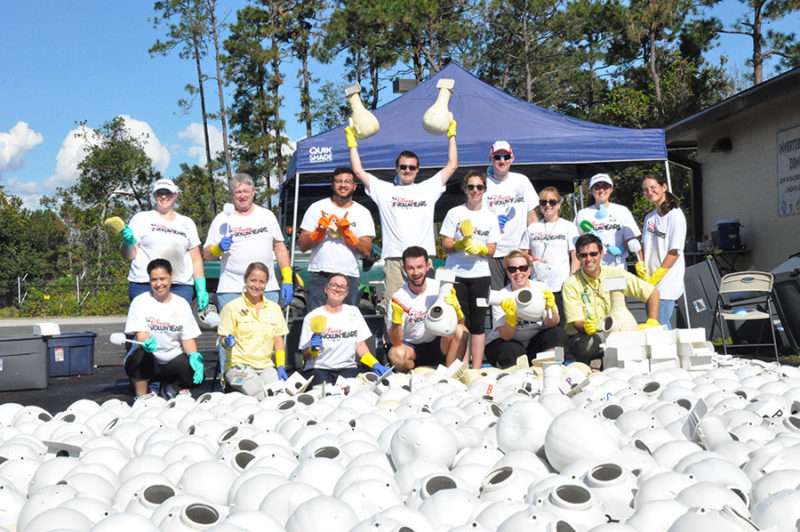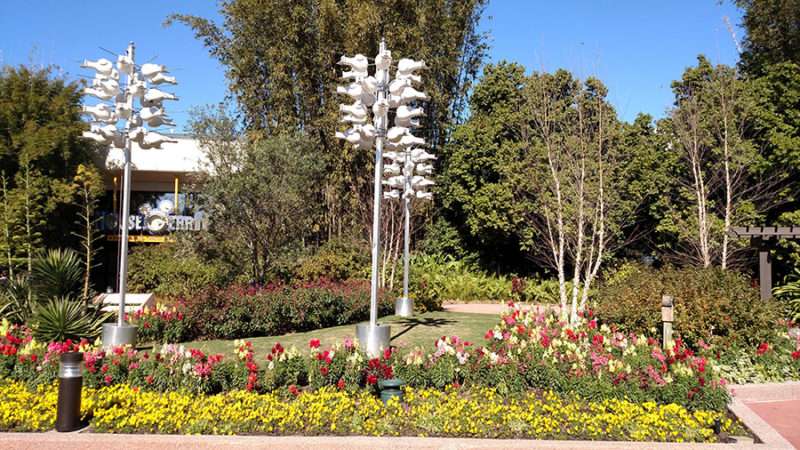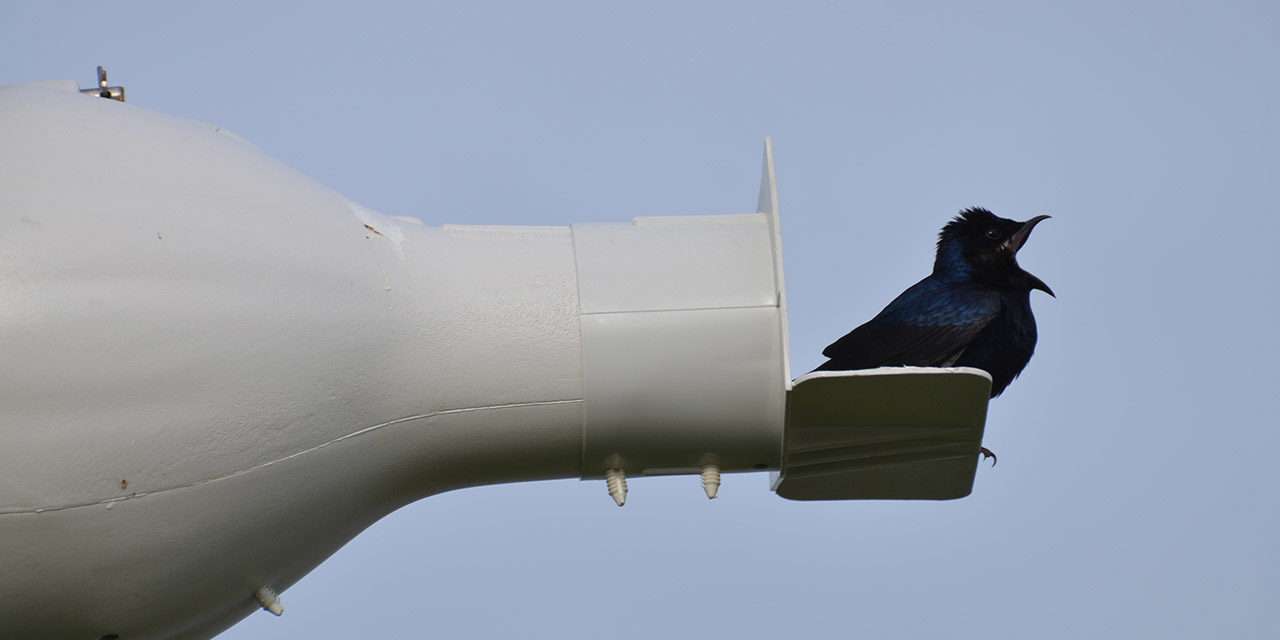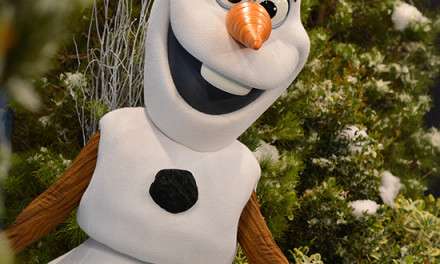The beginning of a new year signals celebration and we’re off to a flying start at Walt Disney World Resort. We’re thrilled to report we’ve had one of the first 2018 purple martin sightings in the United States. Hundreds more will soon flock here, and as they continue to arrive, we look forward to learning more about these gorgeous migratory birds.
Each year, purple martins travel to Walt Disney World Resort to raise their young before flying more than 6,000 miles to the Brazilian rainforest and back, providing us with a unique front-row seat to the magic of nature.

To prepare for the birds’ arrival, Disney VoluntEARS gear up a month in advance by cleaning and prepping all 20 purple martin bird houses across Walt Disney World Resort. Each house has multiple rooms, so we now have 460 nest compartments ready and waiting for purple martins to check in. All this preparation is important because purple martins have specific needs for nesting. They prefer birdhouses almost exclusively, which enables us to attract them to areas close enough for us to observe them as they find mates, as they find mates, lay eggs and care for their chicks until they learn to fly.
Over the past few years, we’ve learned a lot by studying the birds. For example, our conservation team collaborated on a study with Dr. Kevin Fraser of the University of Manitoba that used GPS technology to pinpoint where purple martins in Brazil go to settle at night. Based on past observations by Brazilian scientists, we knew that many purple martins come together at night in cities and towns in the Amazon basin, but we were surprised to learn they more often frequented small islands in the Amazon River and its tributaries. This new information is critically important because only about 17 percent of the roosts identified were in protected areas of Brazil.

Here at Walt Disney World Resort, we have been just as curious about where our nesting birds spend the night. Using the same GPS technology, we found that our birds do not always sleep in their bird houses with their chicks. Instead, they spend some nights on freeway light fixtures. We believe these are popular spots because they attract nocturnal insects, which are easy early-morning meals. As soon as it starts to get bright outside, these birds race back to their nests to feed their young. And I mean they race! We found one of our birds flying back at 45 miles an hour.
I can’t wait to see what we learn this year! Be sure to watch the Disney’s Animals, Science and Environment Facebook page for updates throughout the purple martin nesting season. To learn more about migratory birds, visit DisneyAnimals.com.




